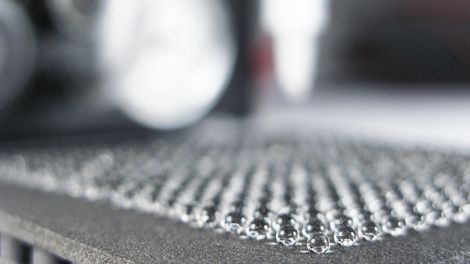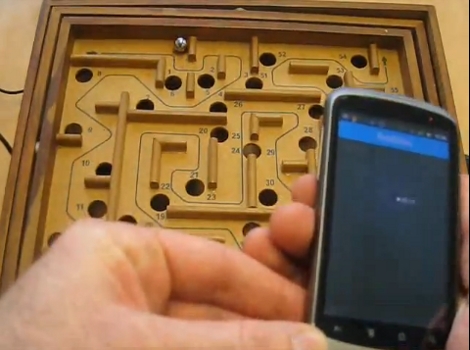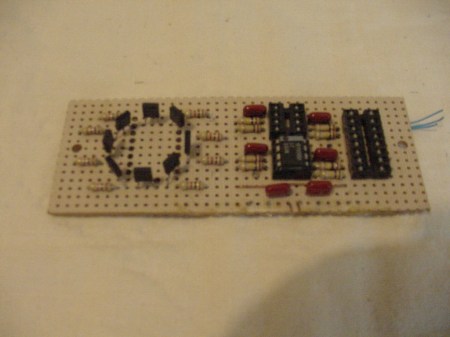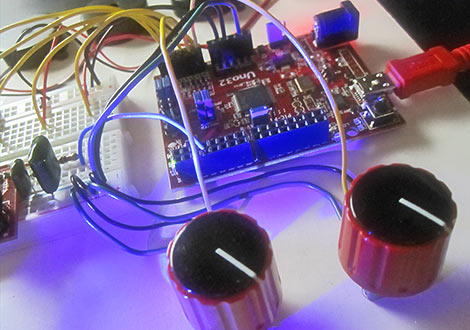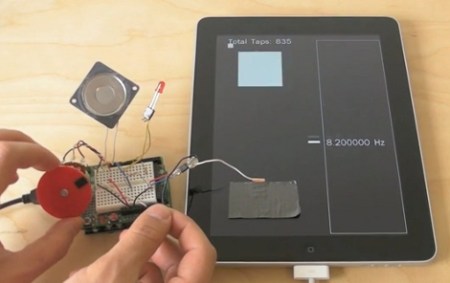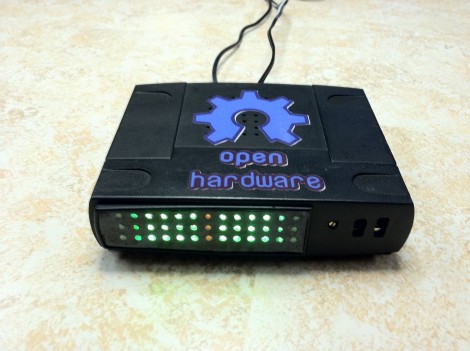
[Dillon] just finished his first project of the summer. It’s a volume units meter for his sound system and it has a few tricks up its sleeve.
He’s driving the rows of LEDs using an AN6884 LED driver chip. It has an integrated amplifier circuit which makes it the perfect part for building a VU display. He had a broken Linksys 5-port switch sitting around which he used as the enclosure for the project. It has just enough room to incorporate a speaker in case he wants to take the meter on the road with him. But when at home he can choose to use his stereo system instead with the flip of a switch. To ensure he’s making the most out of the 5-bit precision he’s included a voltage divider that can be adjusted with a potentiometer. We’ve embedded a video after the break which shows how well it works.
Looking for a bit more inspiration for your own VU meter project? Check out this RGB version.


